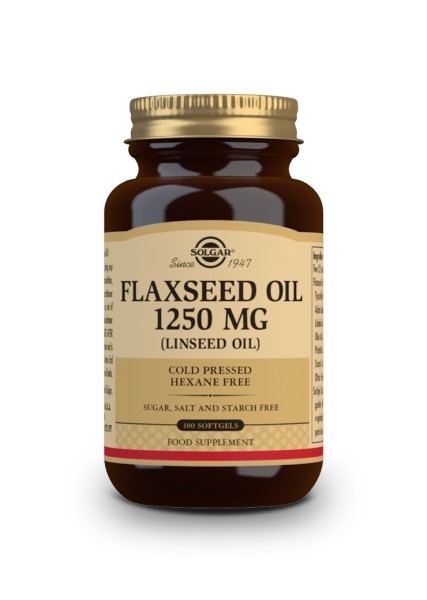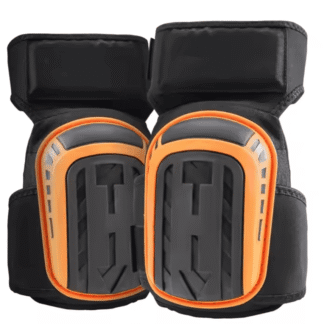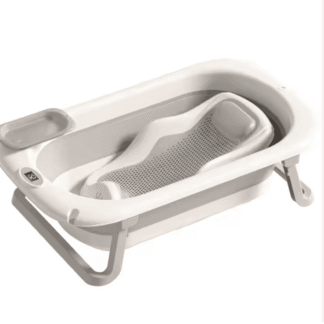5 Signs Your Knees Are Crying for Help
— and How to Save Them from the Villains of Joint Health
Your knees are the workhorses of your body — carrying you up stairs, through workouts, and across life’s adventures. But like any overworked hero, they can start to show signs of fatigue. The trouble is, most people only notice their knees are in trouble when pain sets in — by then, damage may already be done.
The good news? If you know what to look for (and what to avoid), you can spot trouble early and keep those joints strong for years.
1. Persistent Pain or Ache in (failing) knees
Early warning: A dull, nagging pain after sitting too long, walking, or going downstairs.
What it means: The cartilage cushioning your joints may be wearing thin, or inflammation is creeping in.
Prevention power move: Keep your leg muscles strong — especially the quadriceps and hamstrings — to take pressure off the joint. Avoid sitting for long stretches without moving.
2. Morning Stiffness That Lingers
Early warning: Knees that feel like rusty hinges first thing in the morning or after inactivity.
What it means: Stiffness is often linked to early arthritis or joint inflammation.
Prevention power move: Gentle stretching before bed and upon waking can keep the joint fluid moving. Staying hydrated helps too — your joints love water.
Personally FLAX seed capsules are my personal magic for joints, and this is my favourite:

3. Swelling or Puffiness
Early warning: Your knees look a bit… puffy.
What it means: This can signal fluid build-up from inflammation, injury, or overuse.
Prevention power move: Alternate between heat for stiffness and ice for swelling. And if swelling sticks around, get it checked before it turns into a chronic issue.
4. Grinding, Clicking, or Popping Sounds
Early warning: Knees that sound like popcorn when you move.
What it means: Occasional clicks are normal, but grinding or painful popping could mean cartilage damage.
Prevention power move: Strengthen your hip and thigh muscles to improve knee alignment, and wear supportive shoes to reduce impact.
5. Knees “Giving Way” or Feeling Unstable
Early warning: That unsettling feeling that your knee might buckle.
What it means: Possible ligament weakness, meniscus tears, or muscle imbalances.
Prevention power move: Work on balance and stability exercises — think single-leg stands, resistance band work, and core strengthening.
The Villains Behind Dodgy Knees
Knowing your enemy makes it easier to defend against them. The usual suspects include:
The Inactivity Invader – Too much sitting weakens muscles that protect your knees.
The High-Impact Hustler – Repeated pounding from running on hard surfaces without proper form or footwear.
The Weighty Wrecker – Extra kilos mean extra stress; even 5kg over adds significant load to each step.
The Poor Posture Pirate – Misaligned hips, feet, and spine can force your knees into awkward positions.
The Weekend Warrior – Sudden bursts of intense activity after long breaks invite injury.
Bottom Line
Your knees rarely fail overnight — trouble usually builds quietly. By paying attention to the early signs and cutting off the villains before they strike, you can keep your knees strong, mobile, and pain-free for years.
Think of it as a long-term investment — one where prevention pays you back every time you take the stairs without a wince.
Our Kneepal is the first line of defence, a simple thing that I devised when bathing the children was a painful business, my knees not rescued by a folded towel. Now we use kneepal for gardening, Pilates, yoga, fixing the bicycles – looking that smell coming from under my son’s bed – the list is endless.
BUT, some simple exercises can work wonders and my favourite go to is Tone and Tighten – who has some great advice and sure deserves his 2m odd followers













